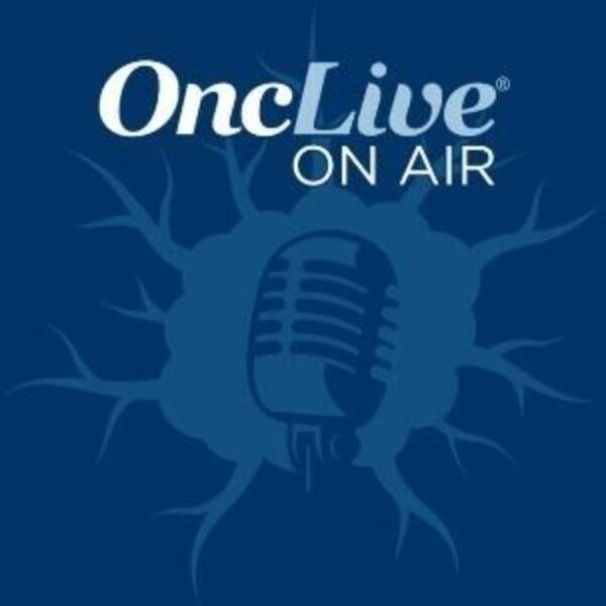Video
Lymphodepletion for CAR T-Cell Therapies in DLBCL
Transcript:
Stephen J. Schuster, MD: In terms of preparing the patients for therapy, the Yescarta (axicabtagene ciloleucel) product requires a Cytoxan (cyclophosphamide)/fludarabine (Fludara) preparative regimen, at least. All the patients who were treated in the clinical trials, and from whom we can extrapolate outcome data, received a combination of Cytoxan and fludarabine. They were kept in the hospital throughout the entire procedure—infusion and postinfusion—for management of cytopenias and toxicities.
The Kymriah (tisagenlecleucel) compound was developed a little differently in my own clinical trial, which was the phase II trial that led to the multicenter, global JULIET trial. I used a variety of lymphodepleting chemotherapies prior to administration of the CAR T cells, and found, regardless, the therapy was successful for the long-term in 40% of patients. This patches well with any of the other approaches to lymphodepletion and CAR T-cell therapy, so there is more flexibility.
In the JULIET trial, which is the basis for the label for Kymriah, patients were allowed to receive either Cytoxan/fludarabine at a lower dose than what was used for Yescarta, or single-agent bendamustine, or nothing at all if they were already lymphocytopenic at the time CAR T cells were available for treatment. About 75% received low-dose Cytoxan/fludarabine, a little under 25% received bendamustine, and a couple received nothing. There seemed to be no difference between patients who received Cytoxan/fludarabine versus bendamustine, which is exactly what I would suspect from my own data, where I used a variety of different approaches to lymphodepletion.
The process of lymphodepletion, which is administration of therapy to deplete normal lymphocytes prior to administration of CAR T cells, differs between the 2 regimens. The regimens that were used in the JULIET trial, the Kymriah, and on my own trial were given as an outpatient treatment for most patients. The T-cell infusions could be given as outpatient treatments, as well. If patients became febrile days later, they could be admitted for management of cytokine release syndrome or other toxicities, and we didn’t have them in the hospital the whole time. I think the outpatient administration possibility for Kymriah is another logistical advantage.
There are some differences regarding cell collection and processing prior to treatment of the patient, the lymphodepleting therapy that’s given to the patient prior to administration of the cells and the outpatient or inpatient administration. Based on historical approaches, I suspect going forward with Yescarta, people will begin to explore outpatient administration, as well. The current recommendations are based on how the studies were done, but as physicians become more and more comfortable with these products and their administration, the setting will change as time goes on.
Transcript Edited for Clarity








